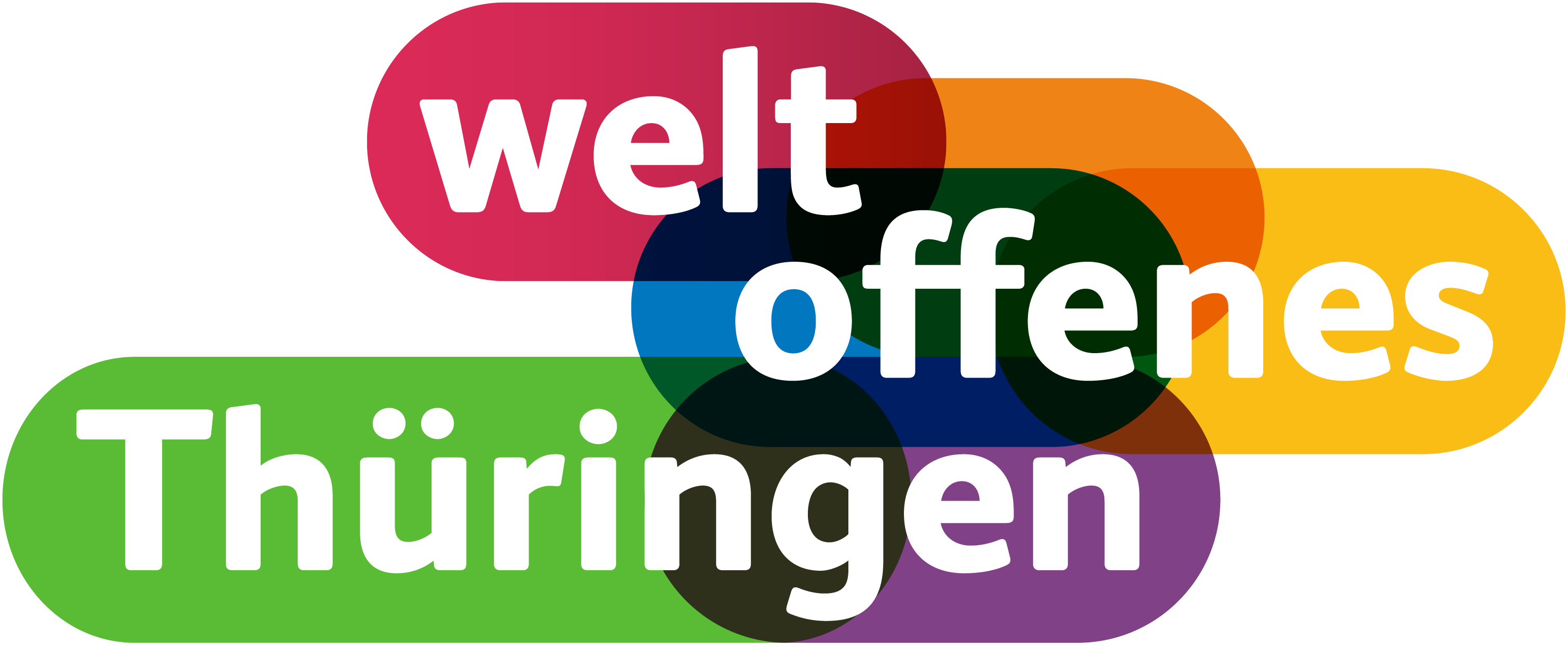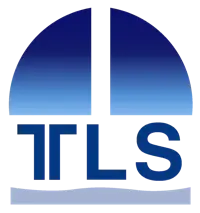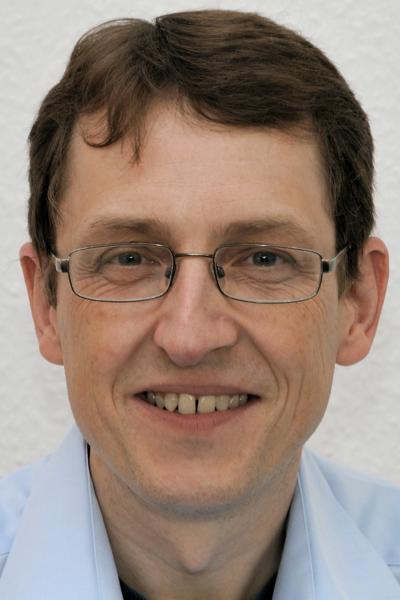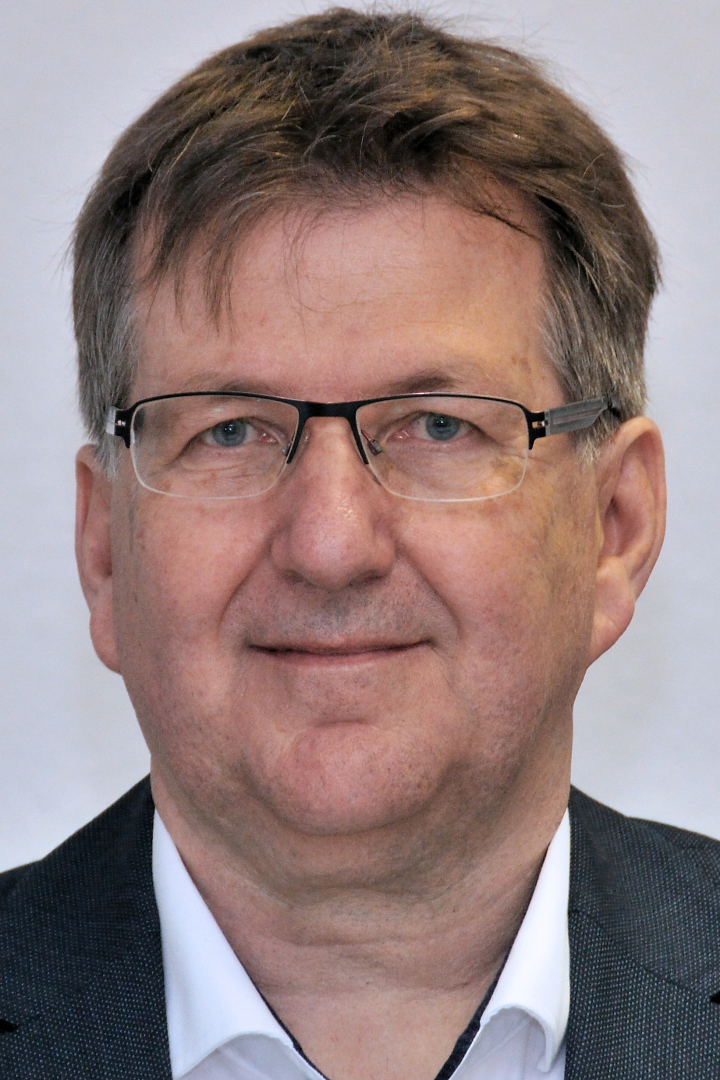The Thuringian State Observatory Tautenburg (TLS) is a research institute of the Free State of Thuringia. It conducts basic research in astrophysics. The astronomers
- search for and characterize extrasolar planets,
- observe and analyze solar and stellar oscillations,
- explore gamma-ray bursts,
- investigate the processes of star formation,
- examine the structure and evolution of the Milky Way and distant galaxies,
- and track asteroids.
TLS researchers use various telescopes for their observations: TLS astronomers observe at large telescopes worldwide. The centerpiece in Tautenburg is the 2-meter Alfred-Jensch Telescope for observation in the optical spectral range. The Thuringian State Observatory also operates a station of the European radio telescope Low Frequency Array (LOFAR).
The optical Alfred-Jensch Telescope is the largest Schmidt camera in the world. Due to its design, the Schmidt mirror has a very large field of view, allowing the 2-meter telescope of the Thuringian State Observatory to observe and photograph extensive celestial objects such as galaxies, nebulae, star clusters, and the orbits of asteroids well. As a universal telescope, it can be converted into a Coude telescope.
LOFAR is the world's largest radio telescope for receiving radio waves and ultrashort waves. The receiver stations are distributed across several countries in Europe: 38 stations are located at the headquarters in the Netherlands, six in Germany (one of them in Tautenburg), and others in France, Ireland, Latvia, Poland, Sweden, and the United Kingdom. Since January 2024, LOFAR is operated by a European Research Infrastructure Consortium (ERIC). The Thuringian State Observatory represents the German participants in the LOFAR ERIC.
A solar laboratory is being established at the Thuringian State Observatory to develop instruments for continuous, automatic monitoring of the sun. Solar activity can affect technological systems. Therefore, its investigation is becoming increasingly urgent. The exploration of the interior of the sun and of stars and their magnetic activity is being expanded as a research field at the Thuringian State Observatory.
Currently, a total of 50 employees are employed at the Thuringian State Observatory, including 35 in the scientific field, including junior research groups and scientific assistants.

We stand for an open-minded Thuringia
The Thuringian State Observatory in Tautenburg is a research institution that promotes diversity and individuality based on respect and tolerance, and opposes anti-democratic and discriminatory tendencies. For this reason, we support the initiative "Weltoffenes Thüringen" (Open-minded Thuringia). The decentralized, networked initiative aims to send a signal that many people, institutions, associations, and companies in the state stand for a democratic, diverse, and open-minded Thuringia. For more information about "Weltoffenes Thüringen" and the opportunity to support the initiative, please visit: www.thueringen-weltoffen.de
Latest News
-
Why watching a total solar eclipse is so special
- Information
- 14 May 2024
A total solar eclipse, like the one that was visible over North America on April 8, 2024, is one of the most magnificent events we humans can observe from Earth. Why? Because for a brief moment it vividly shows us our place in the universe. We can watch as the moon moves in front of the sun, as the... -
Aurora visible in Thüringen
- Information
- 11 May 2024
Northern lights — aurora borealis — were much visible last night in Europe. Many people around Germany posted pictures of the aurora that was visible around midnight between Friday and Saturday. In Tautenburg astronomers witnessed the aurora “the sky-brightens was such that most stars disappeared. E... -
A new method to observe winds on planet Jupiter
- Information
- 15 April 2024
A team of scientists managed to draw the first map of atmospheric circulation of the planet Jupiter with the Doppler method. Jupiter, the largest planet in our solar system, is famous for its brownish-white storm bands and its large red spot. The wind bands race around the planet in an easterly and... -
Bauhaus - Tautenburg: When Art Meets Science
- Information
- 09 April 2024
On February 22, we had the chance of welcoming PhD students in Art and Design from the Bauhaus University in Weimar, led by Prof. Alexandra Toland. The goal of this first meeting between the two Thuringian institutes was to know each other with the idea of fostering future collaborations between art...
Interesting Topics
Exoplanets
When you gaze at the sky on a clear night, you see thousands of stars. Centuries ago, people wondered how many of these stars might be orbited by planets and whether one of these planets might be like Earth. The first discovery of a planet outside our solar system only happened towards the end of the 20th century. Now, there is a whole series...Read more
Galaxies, Galaxy Clusters, Quasars
Since light travels at a finite speed, looking deep into space is also a look back into the history of the universe. In recent decades, it has become possible to look so deep into the universe that observations reveal cosmologically relevant developmental effects on large scales...Read more
2-m Universal Mirror Telescope
The centerpiece of the Tautenburg Observatory for optical spectral range observations is the 2-m Universal Mirror Telescope. When it was first commissioned, it was one of the five largest telescopes in the world. In 1992...Read more
History of TLS
The history of the observatory in the Tautenburg Forest begins in 1947 with a meeting between the then director of the Astrophysical Observatory Potsdam, Hans Kienle, and leading employees of the astronomy department of the company Carl Zeiss (CZ) in Jena, during which Kienle...Read more
Team

Job Postings
Research Associate in Radio Astronomy
03.01.2024
The Thuringian State Observatory (TLS) is a state research facility near the university town of Jena. The TLS conducts research in various fields and deals with a variety of topics such as extrasolar planets, diffuse magnetized plasma in galaxies and galaxy clusters, the evolution of faint extragalactic sources and the variability of quasars. The TLS operates the 2m Alfred Jensch Telescope, participates in many instrumentation projects and operates an international station of the Low Frequency Array (LOFAR).
Gallery










